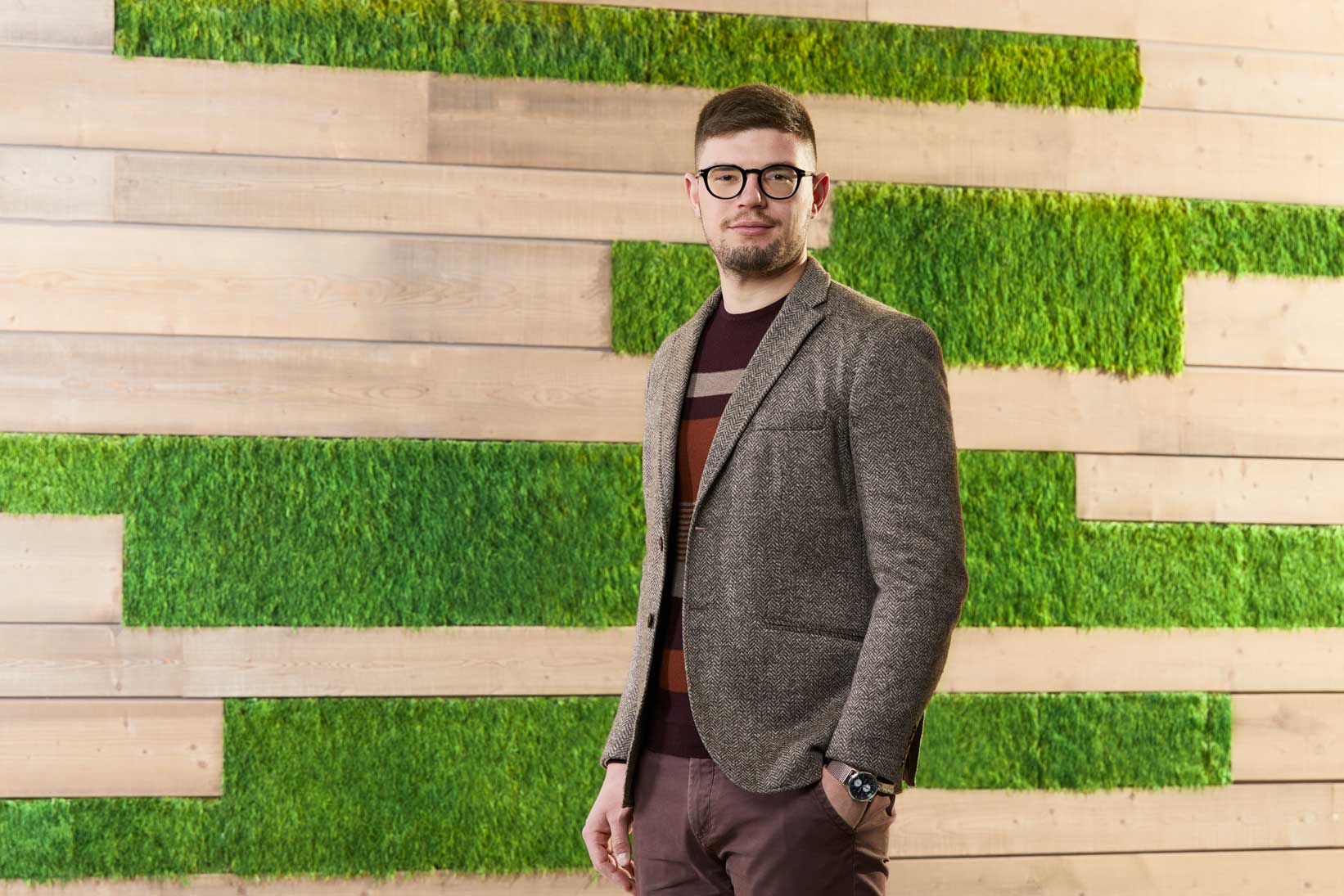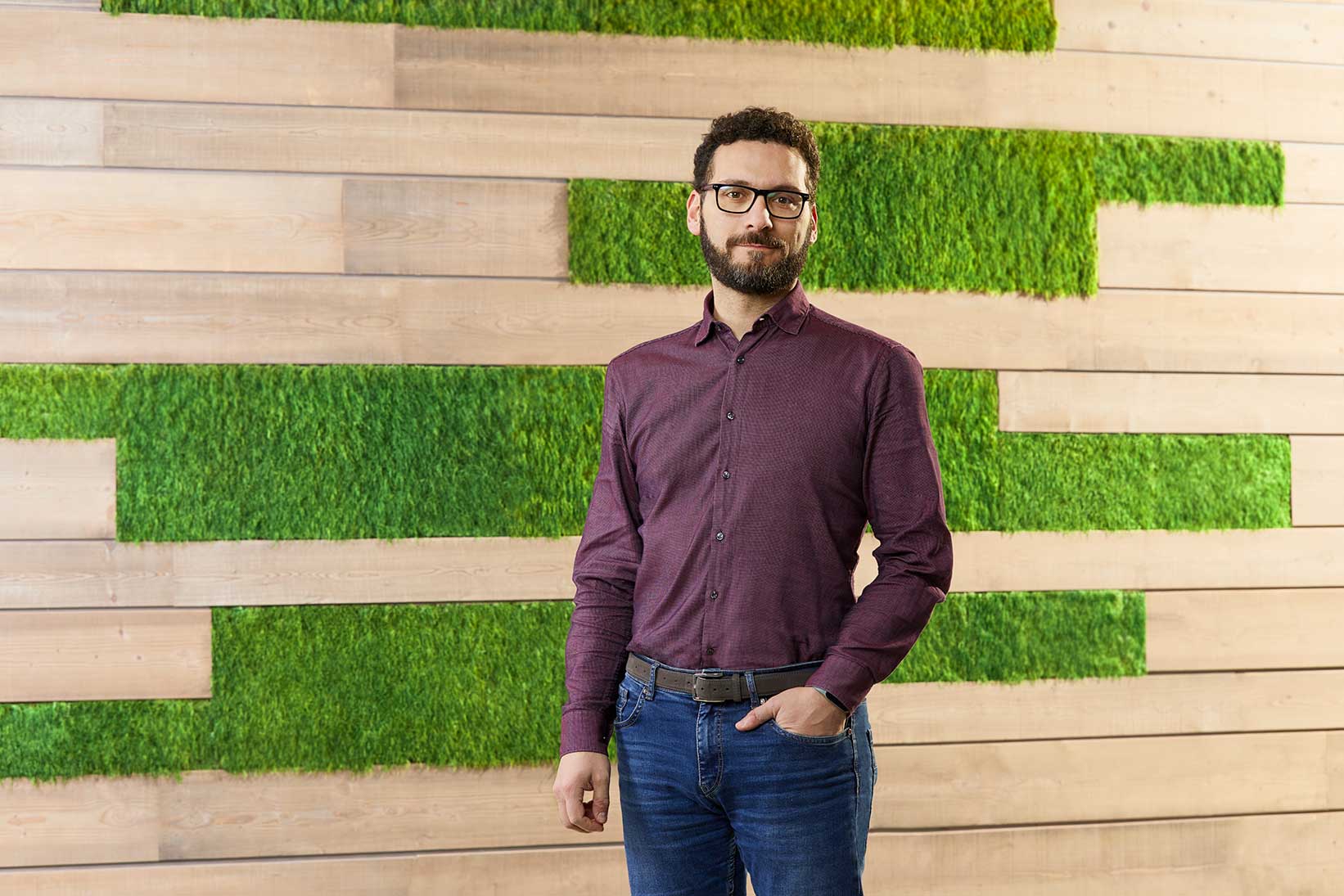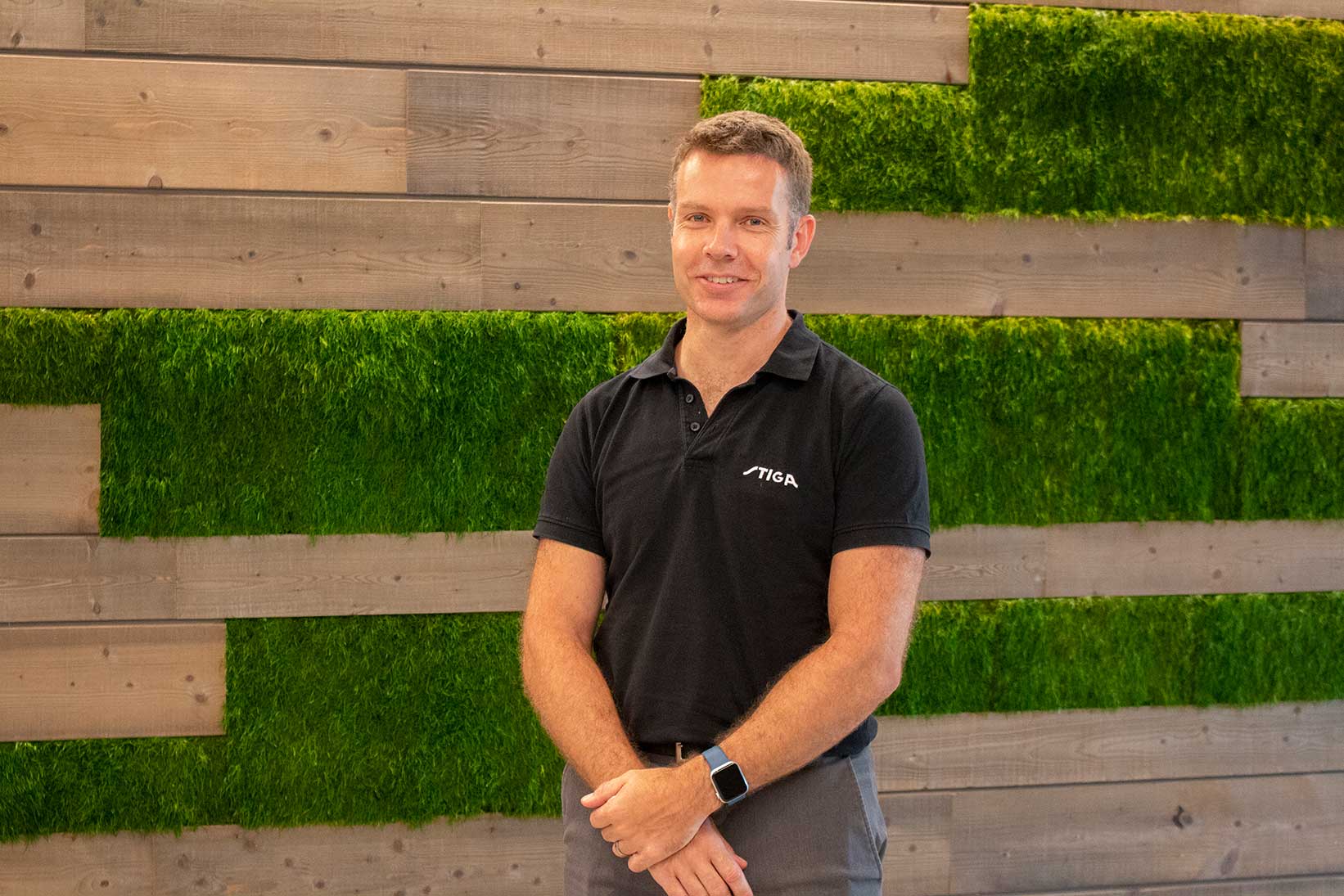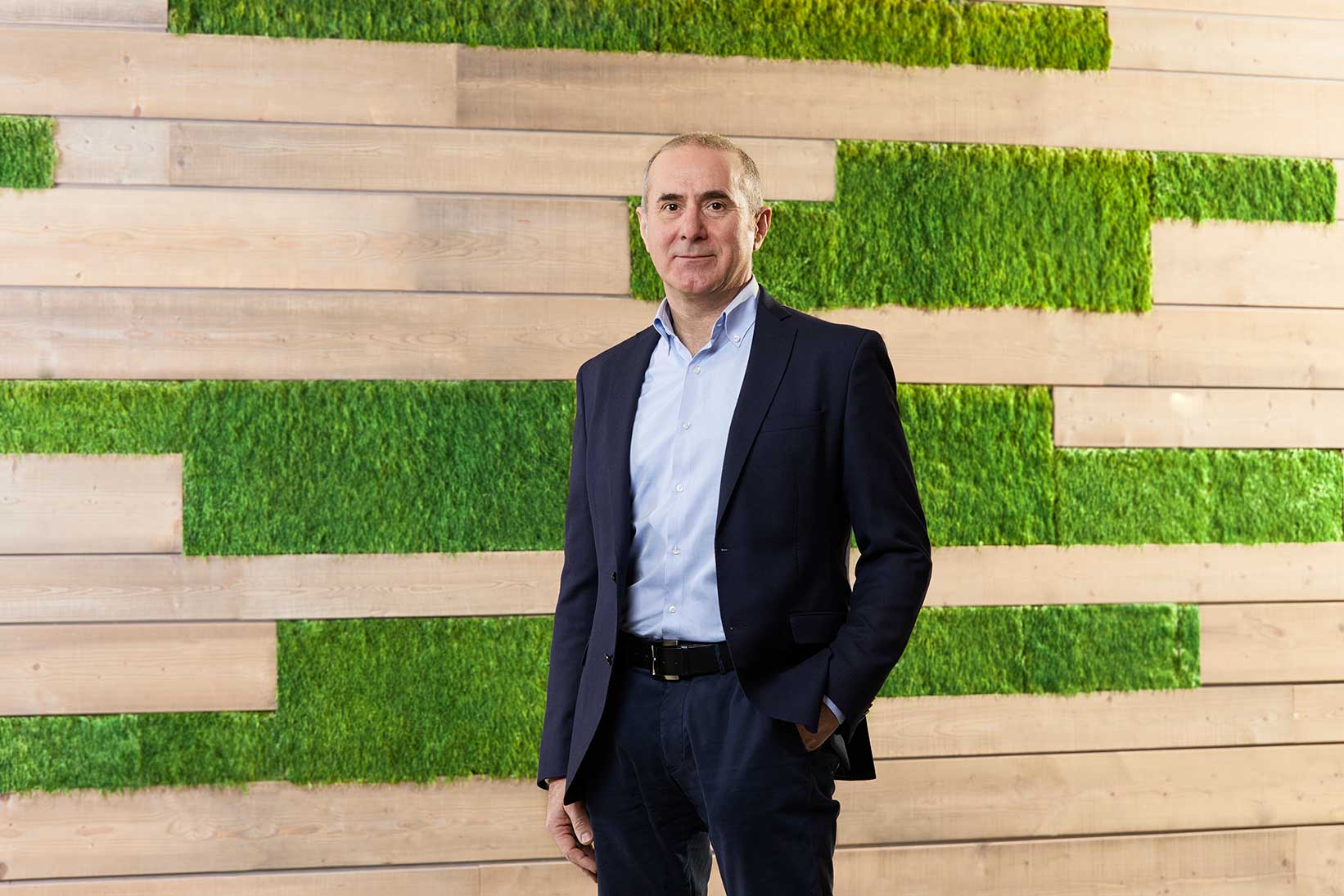We care about our gardeners and their gardens, and we are committed to design and manufacture products with a lower environmental impact. We are committed to creating products that are electricity powered, made with recycled materials, provide high quality standards, and are connected and long-lasting. We encourage the use of mulching because this means less fertilisers and pesticides, less watering and no grass disposal.
Increase the percentage of electric powered products sold in overall sales mix by ensuring electric powered products to represent 28% in 2023. The 2022 result is below target due to unfavourable sales mix, but incentives and new products are planned for 2023.
2022 Result: 25% of products sold were electric or battery-powered
Read more on page 35 of the report.

“We’re proud to offer a range of products that are not only electric and battery powered, but are also high-quality due to extensive development and rigorous testing beyond industry standards. Our Research & Development team is driven to build products from the ground up, seek commonality across systems, and aim for sustainability. That’s what sets STIGA apart.”
Adriano Niro, Vice President Research & Development
Mulching

“Mulching offers benefits to both people and the environment. With STIGA’s mulch-ready lawn care products, grass benefits from higher nitrogen content, greater water retention and less carbon in the atmosphere. As a result of using these mulch-ready products, customers will use far less fertiliser, avoid use of garbage bags and trips to the landfill and realise healthier lawns.”
Fabio Banin, Robotic Field Application
Encourage and promote the mulching technique to STIGA consumers, by keeping the percentage of “mulch-ready” products sold above 80% in the STIGA lawn care segment. In support of this goal STIGA financed a research review that was carried out by the University of Padova. The findings, released in June 2022, showed that mulching is an environmentally friendly technique. Some of the cited benefits include CO2 sequestration and reduced need for fertilizer.
2022 Result: 88% of products sold were mulch-ready
Read more on page 40 of the report.
Recycled and Renewable
Increase the percentage recycled, renewable and lower environmental impact components and packaging materials in the supply mix. 60% recycled materials in packaging, 3% recycled plastic in products by end of 2022. The results are in line for packaging and are exceeding the target for components.
2022 Result: 61% of packaging materials were recycled; 6.8% of plastic in products was recycled
Read more on page 44 of the report.

“We are constantly looking for ways to improve our packaging to deliver a quality product to our customers and consumers while limiting our environmental impact. So far, we’ve reduced the use of bleaching and ink while increasing the use of recycled and renewable materials. But we are motivated to do more, which is why we are advancing new innovations to create durable packaging that uses lower-impact materials.”
Riccardo Villani, Packaging Manager
Long Life Products

“When it comes to design innovation, sustainability is fundamental to our approach. When we begin to design a new product, we think about how it can improve the lives of consumers while also meeting our ESG targets. This means thinking about the full life of a product, from shipping to its everyday use and repair, to designing with the future in mind.”
James Cameron, Design and Innovation Director
In 2023 a new project will be launched to formalise the goal for long product life, involving design for disassembly, spare parts availability, and after-sales service improvement. The project will undergo an initial assessment by the ESG Committee, followed by strategy development.
"3R" for Batteries (Recharge, Repair, Recycle)
In 2023 a new project will aim to keep the batteries properly recharged, repair where possible and start a process to recycle them. The project will undergo an initial assessment by the ESG Committee, followed by strategy development.

“While we’re making progress with plastic recycling, our greater vision is based in circular economic principles. STIGA is looking to integrate sustainability across our products and processes. In the coming years, we will advance this plan by conducting a baseline analysis of the environmental impacts of select key products. This initiative will provide us with the information we need to make more thoughtful and environmentally-minded decisions.”
Franco Bastasin, Sustainability Technical Director


